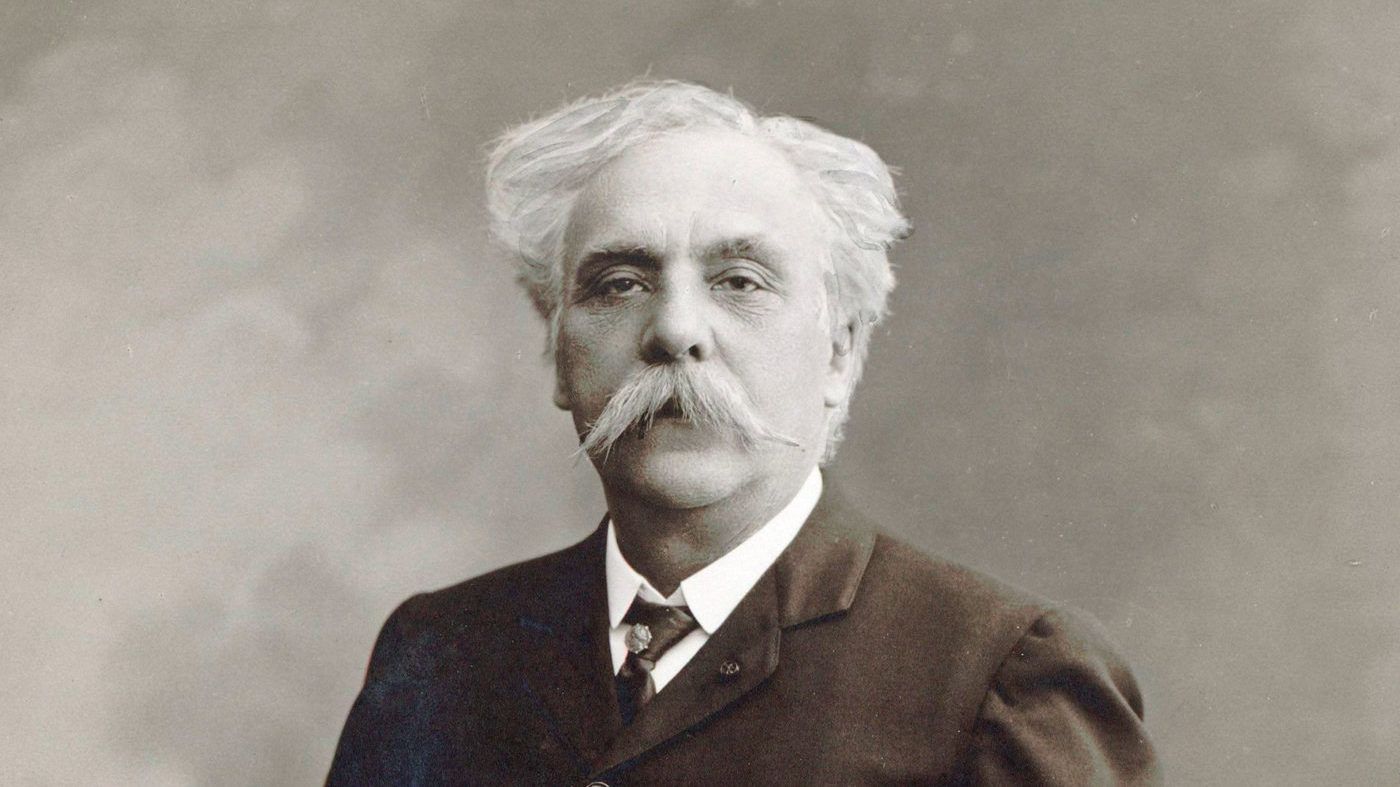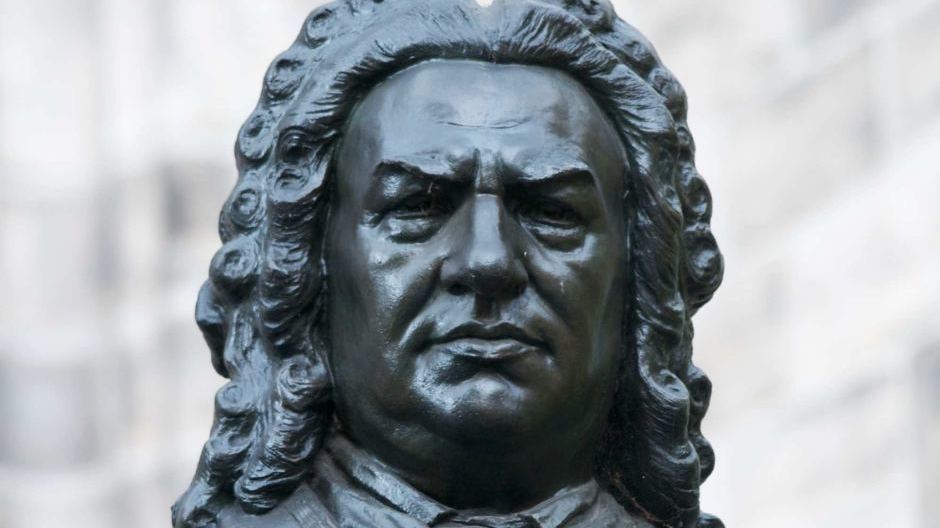Christopher Rouse’s “Phantasmata”: Three Haunting Hallucinations
The sixteenth century Swiss alchemist, Paracelsus, used the word “phantasmata” to describe “hallucinations created by thought.” Appropriately, Phantasmata is the title of an orchestral tryptic completed in 1985 by the late American composer, Christopher Rouse. It’s a piece which grew out of a series of haunting dream images. The opening movement bears the descriptive title, “The Evestrum of Juan de la Cruz in the Sagrada Familia, 3 A.M.” It was inspired by an …







